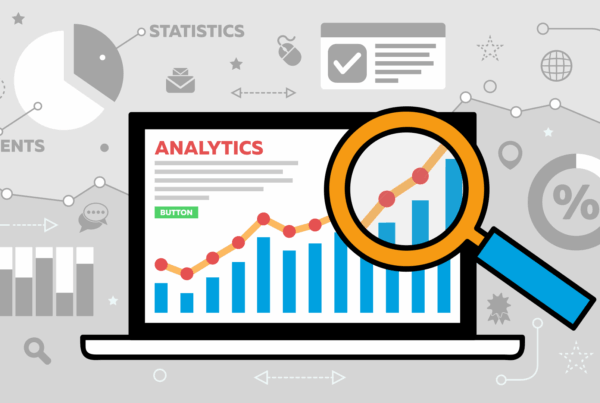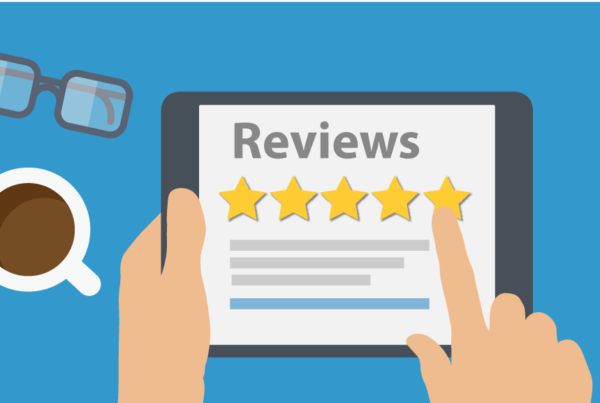In today’s digital first world, people expect everything at their fingertips instantly. Whether it is ordering food, booking a service, or shopping for a product, convenience and speed are standard expectations. Nowhere is this more evident than on your website. When potential customers land on your site, they decide in seconds whether to stay or leave, and one of the biggest factors driving that decision is speed. A slow loading website not only frustrates users but also damages your credibility, hurts your search rankings, and directly impacts your bottom line. Your website’s performance is no longer optional. It is the foundation of your online success.
The Impact of Website Speed on User Experience
First impressions matter, and in the digital space, speed is part of that first impression. Studies show that nearly half of internet users expect a website to load in two seconds or less. Even more telling is that many will leave a site entirely if it takes longer than three seconds to load. These numbers illustrate how quickly customers lose patience when faced with slow performance.
A sluggish site creates the impression that a business is outdated or unprofessional. In contrast, a fast and seamless website experience communicates reliability and builds trust. For service based businesses, this trust is critical to getting potential clients to make a call or fill out a contact form. For online sales, speed translates directly into revenue. A delay of even one second in load time can result in measurable decreases in conversions. When user experience is compromised, customers are far less likely to explore your offerings or make a purchase.
Website Performance and Search Engine Rankings
Website speed is not just about keeping visitors happy. It also plays a major role in how search engines rank your site. Google uses metrics that evaluate how quickly content loads, how interactive the page is, and how stable the layout feels as it loads. If your site does not meet these standards, it may struggle to appear prominently in search results even if your content is excellent.
Google aims to deliver the best possible experience to users. If your site is slow and frustrating, it will not be recommended. That means even the most polished design and well researched content will not deliver results if your site is weighed down by poor performance. Fast websites not only rank higher but also benefit from more organic traffic and more opportunities to convert visitors into customers.
Conversions and Revenue Loss from Slow Sites
The financial impact of website speed is significant. Studies show that even a one second delay in page response can lead to a noticeable drop in conversions. For businesses that sell products online, this could mean thousands of dollars in lost revenue every day. For service businesses, it may mean a steady stream of leads that never reach your inbox because customers leave before filling out your form.
There is also a psychological component. When a site takes too long to load, visitors subconsciously associate that slowness with inefficiency or unreliability. They may question if your payment system is trustworthy or if your business is up to date with the latest standards. In contrast, a fast website gives the impression of professionalism and credibility. Customers feel more confident engaging with your business and are more likely to take action.
Common Causes of Slow Websites
Understanding why websites slow down is the first step in fixing the problem. One of the most common issues is oversized images or videos. High resolution visuals look great, but if they are not optimized for the web, they can drastically slow down your site. Poor hosting is another frequent issue. If your website shares server resources with many other sites, performance can suffer.
Outdated or unnecessary code can also contribute to slow performance. Over time, websites accumulate extra scripts or plugins that bog down speed. Using too many plugins can also create conflicts that affect functionality. Finally, a lack of caching or the absence of content distribution methods can leave your site vulnerable to delays, especially when traffic increases. Each of these factors can create friction for visitors, reducing engagement and increasing bounce rates.
How to Improve Website Speed and Performance
Website speed can be improved with the right strategies. Optimizing images and compressing files is one of the simplest ways to reduce load times. Choosing a reliable hosting provider ensures your website can handle traffic smoothly without frustrating delays.
Web developers can also streamline code by removing unnecessary scripts and ensuring plugins are only used when necessary. Caching allows returning visitors to access pages faster. Content delivery networks distribute your site’s files across servers worldwide, reducing load times no matter where users are located. Regular performance checks ensure your site continues to operate efficiently over time. Technology changes quickly, and ongoing monitoring keeps your website fast and user friendly.
The Role of Professional Website Design in Speed Optimization
Quick fixes help, but the best results come from professional website design and development. A well built website does not just look good. It functions efficiently behind the scenes. Webn8 focuses on creating websites that are visually appealing and optimized for speed, ensuring clients do not have to choose between design and performance.
Long term success requires ongoing support. Websites need regular updates and optimization to perform well. Businesses that invest in performance focused design see immediate benefits and position themselves for sustained growth in a competitive online environment.
Conclusion
A slow website is like a locked door to your business. Customers will not wait, and search engines will not recommend it. Website speed is central to your business credibility, visibility, and profitability. From user experience to search rankings to conversions, every part of your online presence depends on how well your website performs.
With the right strategies and professional support, these challenges are solvable. By addressing the causes of slow performance and investing in a performance focused website, you create a digital experience that works as hard as you do. Your website is your business’s digital storefront. Make sure it opens quickly, welcomes visitors confidently, and encourages them to take action.



